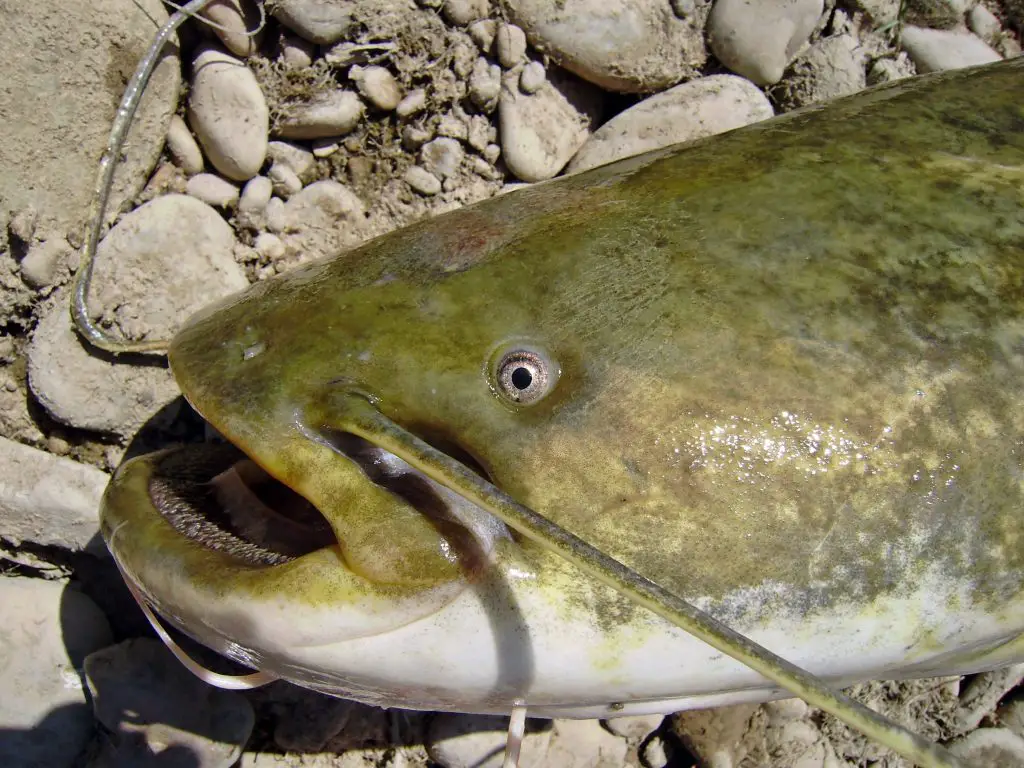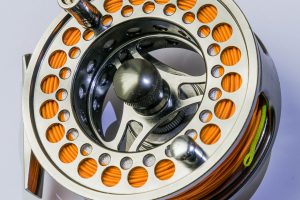Catfish teeth are very small and numerous, but they don’t look like your regular fish teeth. Moreover, they also do not use their teeth for hunting their prey, which is why many people think catfish do not have any teeth at all.
Contrary to popular belief, most catfish do have teeth. Their teeth are small and dense, often referred to as cardiform. However, 3,000 species of catfish are found worldwide, and this does not apply to all of them. There are species of fully toothless catfish, and among the various species, the teeth can greatly differ.

How many teeth do catfish have?
A catfish can have hundreds of cardiforms inside its mouth, but the number can differ from species to species. Some have more teeth than others, while some have none. The size and shape of the teeth can also vary. While some have sharp teeth, others have rounded ones.
Catfish usually have two sets of teeth. They have two or four rows of sharp teeth on each side of their jaw. The second set is located in the back of their mouths. Sometimes they only have teeth at the back and not at the front. There are usually two rows of teeth on their upper jaw and three rows on the lower one. This can also vary for some species.
What do catfish teeth look like?
Catfish teeth look a lot like the bristles of a brush. These pointy teeth line a catfish’s mouth and throat. Though catfish have an omnivorous diet and are typically predators, they don’t have long, sharp incisors and canines. Rather, these teeth are very tiny in size but very dense.
The teeth of catfish are also slightly crooked. More precisely, they are curved or slanted inwards, though it’s the opposite case for most predators. Their teeth won’t look very threatening, and they aren’t supposed to either, but it’s worth noting that some species of catfish have sharper and bigger teeth than others.
How Do Catfish Use Their Teeth?
Catfish use their teeth for three purposes – catching prey, breaking down food, and defending themselves.
Holding the prey
When you think of catching prey, you might imagine the catfish biting on the prey to injure them before eating them. But that’s not how catfish carry out this process, which is exactly why they don’t have sharp teeth. Rather, they use their mouth to create a pressure difference and suck the prey in. And for this, the teeth help them indirectly.
The inward curve of their teeth helps them feed, because of this slanted structure, the prey can easily get sucked into their mouths. At the same time, they won’t be able to get out, so the crooked structure helps the catfish hold the prey inside their mouth.
Chewing food
After that, the catfish uses these teeth to chew on the food. This is the ultimate purpose of their having teeth. They have two types of teeth: molars and incisors. While the incisors help them tear the food, the molars help them chew it before gulping it down.
Attacking
On some occasions, catfish will put their teeth into use for self-defense. They are not the type to bite, but if they feel threatened, they might attack the source by biting.
Are Catfish Teeth Dangerous?
Most of the time, catfish teeth aren’t a huge threat. The texture of the rows of teeth as a whole is often compared to the coarseness of sandpaper. If you accidentally brush your hand through a catfish’s teeth while unhooking them, it might just feel like sliding sandpaper across your skin.
Catfish can’t bite either because their teeth aren’t built that way. Since the teeth are curved inwards, you won’t feel their pointy edges if you slide your hand through them. And even if it does bite you for some reason, there isn’t much chance of a serious injury.
The most that can happen is a light scratch, leaving a scraped spot on your skin. It won’t hurt much. Cleaning the scratch and covering it up will help it heal and remove the mark within a few days. There is barely any chance of the teeth piercing your skin when you unhook the catfish.
However, it’s wrong to think that catfish teeth aren’t sharp and fully dull. They are sharp enough to harm their prey. They are also sharp enough to tear down and chew on this prey. They can be sharp enough to hurt you as well. However, on most occasions, that does not happen.
Are Catfish Teeth Harmful When Noodling?
You only put yourself at risk of being injured by catfish teeth when noodling. Most people think catching catfish with your bare hand is completely safe because catfish don’t have teeth and cannot bite, but that’s not always the case.
When you catch a catfish, its self-defense response kicks in. This can cause them to clamp down on the teeth with their bare hands. Since they will also be violently moving to escape and your hand will be deep inside their mouths, there is a high chance of you getting a few cuts on your arm.
Whether it causes serious injury or not depends entirely on the catfish you catch. Some catfish, like the Goonch catfish, have razor-sharp teeth that can pierce the skin, but others, the more common ones especially, don’t have teeth that can cause a deep cut.
As a safety measure, it’s best to wear a noodling sleeve. The sleeve will cover your arm up to the elbow or even the shoulder. So even if the catfish bites you, their teeth won’t manage to penetrate your skin. In conclusion, catfish teeth are real, but they’re slightly different from most fish teeth and not that harmful unless you’re noodling for catfish, you don’t need to take any protective measures against their bites.












Pingback: How Long Would It Take for a Catfish to Eat a Dead Animal in a Lake? | Reel Fishing Guru
Pingback: What Is the Difference Between Catfish and Swordfish? | Reel Fishing Guru